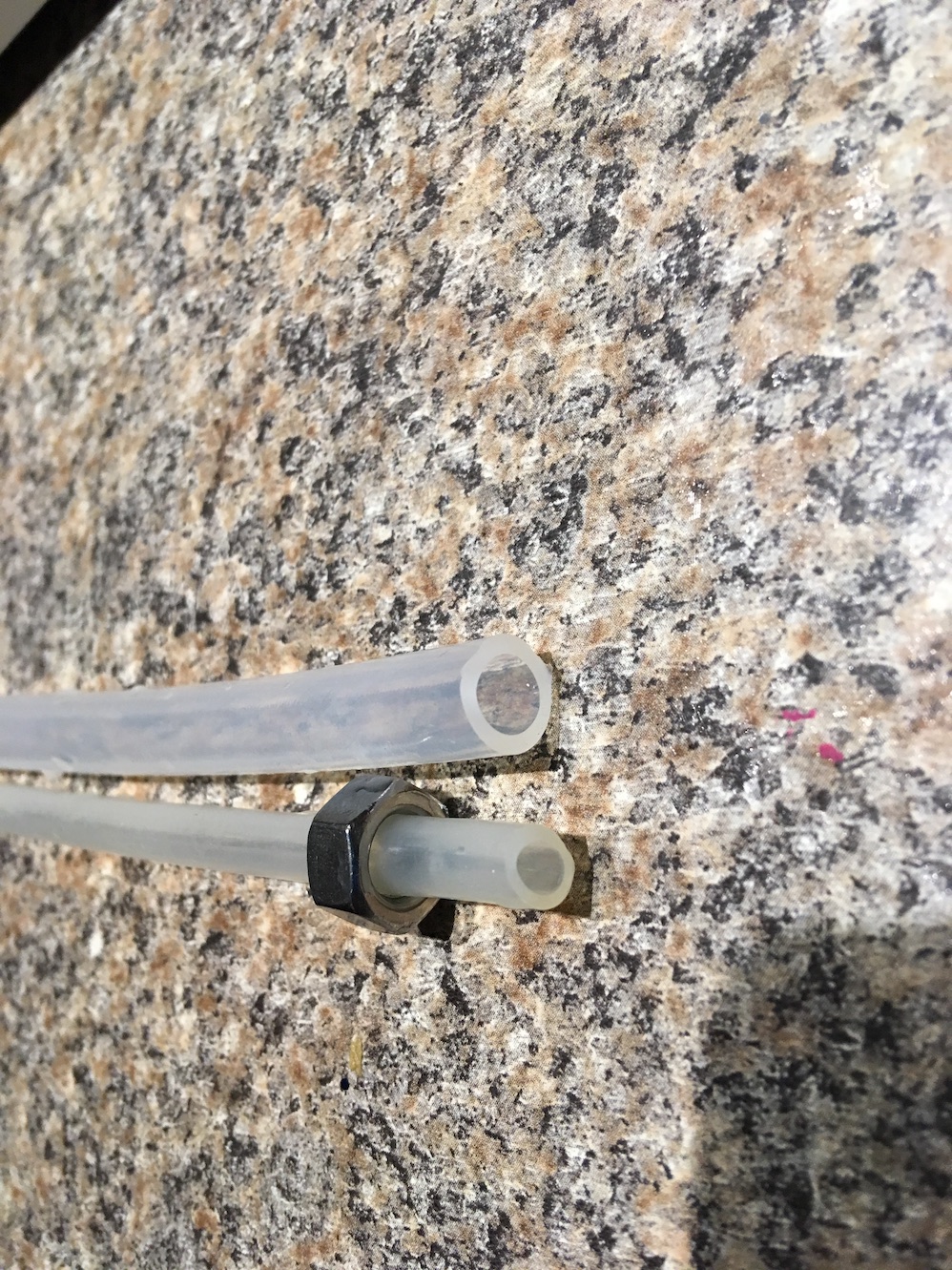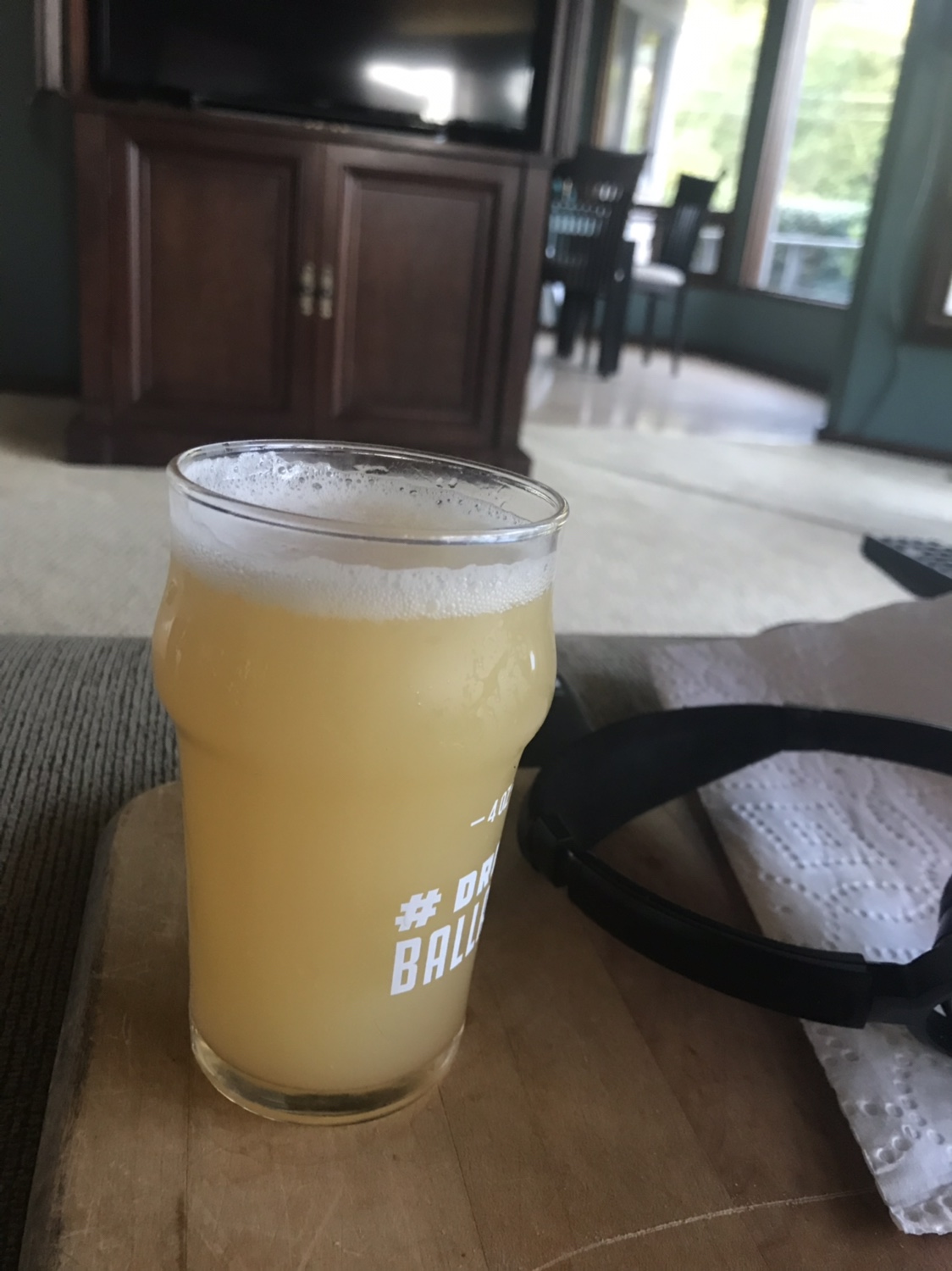I've struggled a bit with the idea of spunding in a keg. Probably THE major reason I switched from bottle conditioning to kegging was to eliminate the yeast dregs in bottles.
I actually have the Clear Beer device to allow the dip tube to float in the beer, but I've never used it. Maybe it's time to fool with it and see if there's a noticeable difference compared to what I do now.
****
I just had an idea. If someone can get a 5-gallon keg, a picnic tap, a spunding valve, and one of those little CO2 injectors to push beer out of a keg, they could be kegging. Spunding is just bottle conditioning in a stainless steel bottle--all they'd need to do is transfer the beer when they've got a few points of gravity remaining, allow it to finish, chill it, then push the beer out with the CO2 injector.
No CO2 tank, no regulator. A cheaper way to get into kegging, and no bottling.
CO2 Injector
CO2 cartridges
Spunding Valve







